Common Issues During Installation of Phenolic Insulation Pipe Sections
2025-06-19 09:09:08
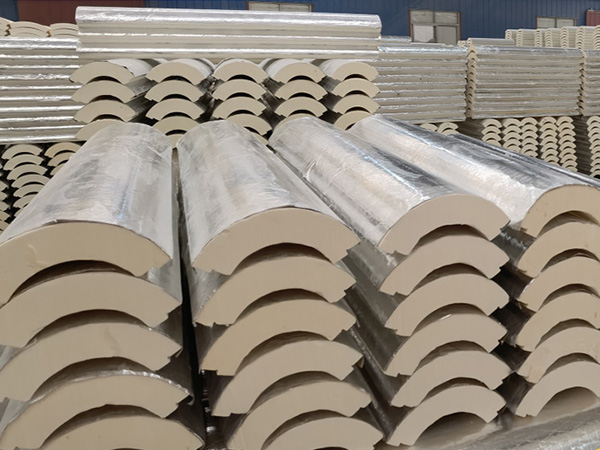
Common Issues During Installation of Phenolic Insulation Pipe Sections
1. Poor Adhesion to Substrate
Root Causes:
Oily/dirty pipe surfaces (oil residues, rust scales)
Improper adhesive selection (mismatched with pipe material)
Low ambient temperature (<5°C) delaying curing
Solutions:
Clean pipes with acetone and steel brushes
Use epoxy-based adhesives for metals, polyurethane for plastics
Apply heating blankets in cold environments
2. Joint Sealing Failures
Critical Problems:
Gaps >3mm at longitudinal seams causing thermal bridges
Butyl tape peeling off within 6 months
Preventive Measures:
Install with 20mm overlap at joints
Use two-part polysulfide sealants for high-vibration areas
3. Mechanical Damage During Handling
Vulnerability Points:
Edge chipping during transport (especially at thickness >50mm)
Surface dents from tool impacts
Protection Methods:
Reinforce edges with fiberglass mesh during manufacturing
Use nylon lifting straps instead of metal hooks
4. Thermal Expansion Mismatch
Observed Issues:
Buckling at fixed supports due to restricted movement
Adhesive failure at temperature cycling zones
Engineering Controls:
Allow 5mm expansion gap per meter at anchors
Specify flexible adhesives with ≥50% elongation
5. Condensation at Penetrations
Problem Areas:
Pipe hangers creating cold bridges
Uninsulated valve flanges
Best Practices:
Install insulated PVC spacer rings at supports
Pre-fabricate removable insulation boxes for valves
6. Firestop Integration Challenges
Compliance Gaps:
Incomplete filling of annular spaces
Incompatible fireproofing materials
Certified Solutions:
Use intumescent putty pads (UL 1479 listed)
Conduct smoke penetration tests (ASTM E814)
Pro Tip: For projects with >500 linear meters, conduct trial installations on 10m test sections to verify:
Adhesive cure time
Thermal performance via IR camera
Firestop integration
Emergency Repair Protocol:
For damaged sections in service:
Isolate area and dry surfaces
Apply rapid-cure epoxy putty
Wrap with stainless steel banding
Re-test thermal performance within 24h
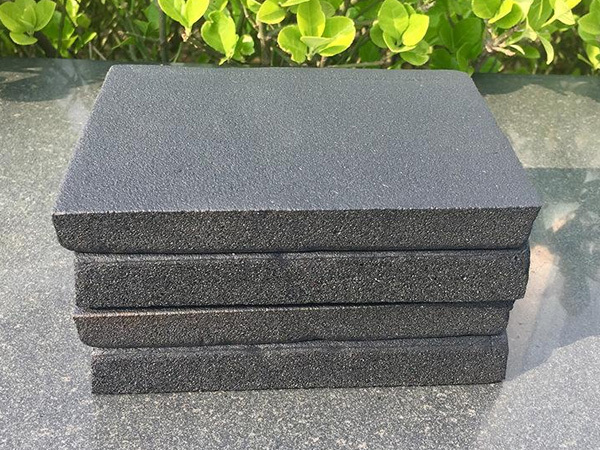
OurFlame Retardant Rubber Foamis a premium closed-cell elastomeric insulation material engi...
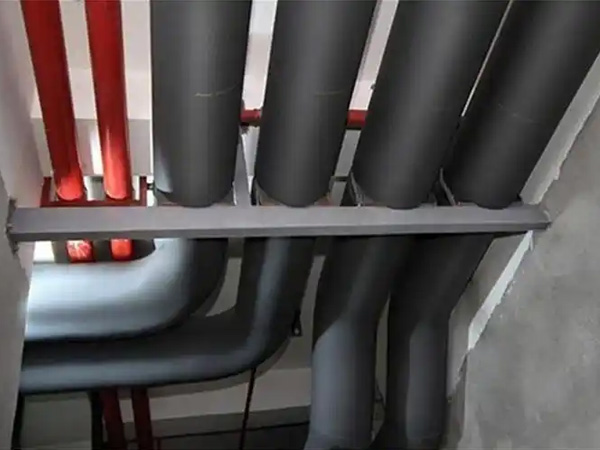
OurRubber Pipe Insulationis a high-performance solution designed specifically for HVAC pipi...
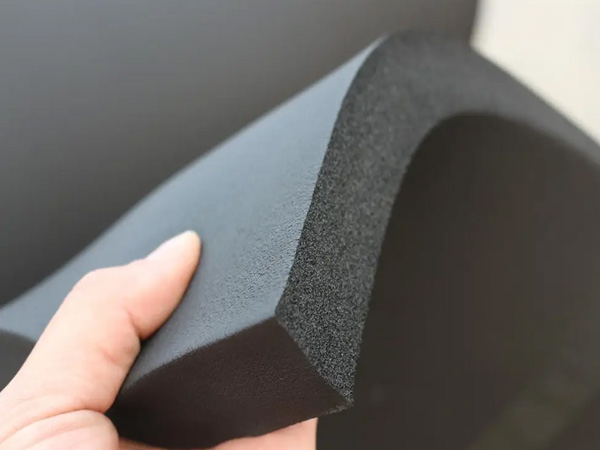
Rubber Foam Insulation Sheet – Product Introduction Premium Flexible Insulation for Therm...
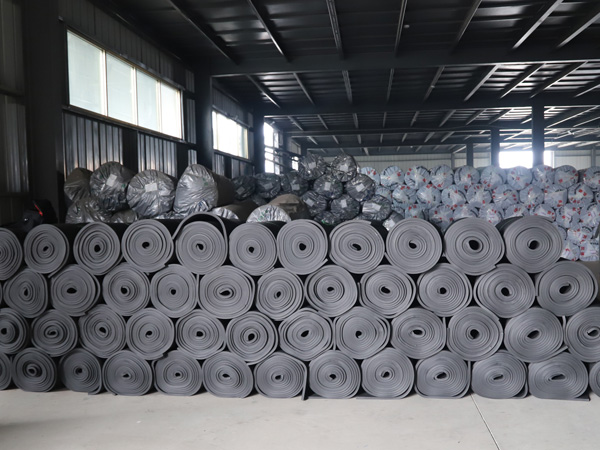
Specially engineered for refrigeration applications, ourElastomeric Rubber Insulationprovid...



